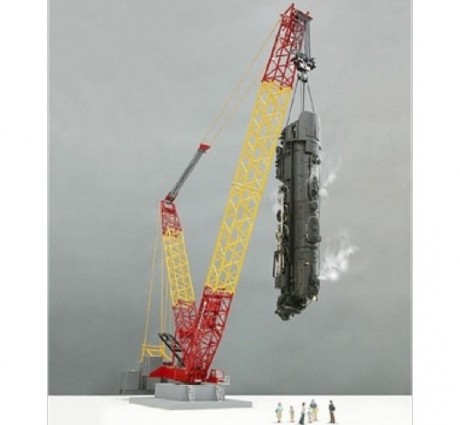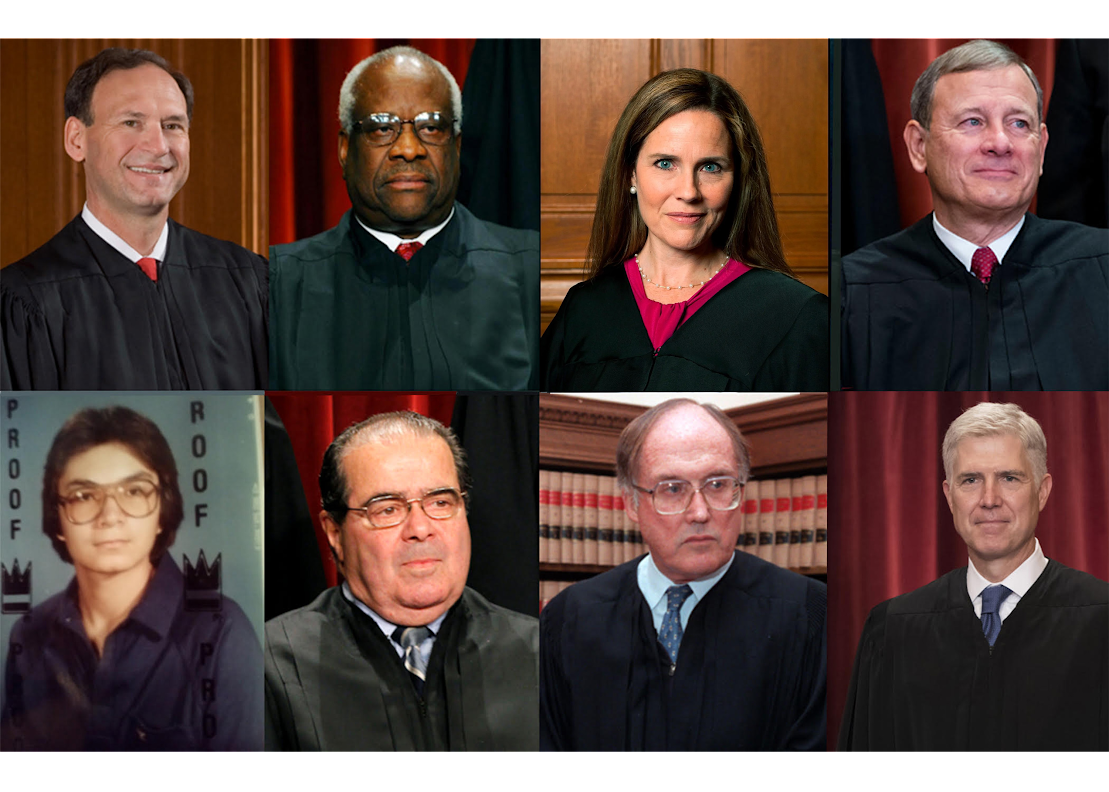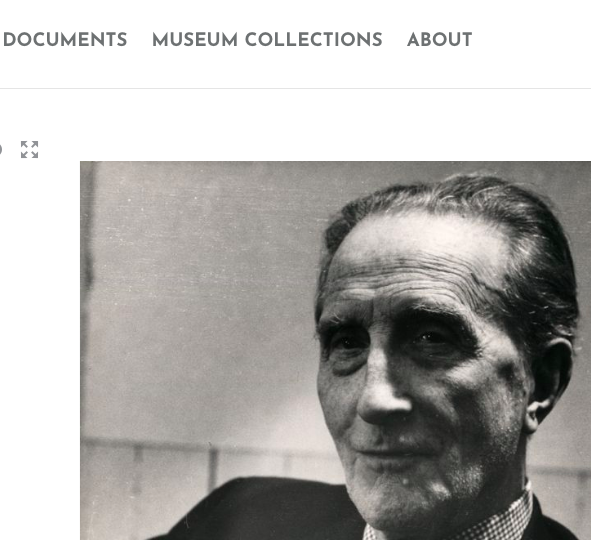I’ve been doing some talks and lectures recently at art institutions and art schools, and I’ve noticed an interesting pattern. Visual artists are conflicted as to where they stand in relation to copyright laws. To be more precise, there seems to be two camps: those that favor strong copyright protection for artists and their copyrights, and those that favor either a relaxed form of fair use or worse yet, a “right” to appropriate and lift from copyright owners without any legal repercussions.
As a friend of mine noticed (a bankruptcy lawyer and mathematician no less), this makes complete sense. Those artists who favor stronger copyright laws are making money from their work, many times substantially. Those favoring “free culture” or, “let information flow,” are usually those artists making little to no money from their artwork. The second camp can also be said to be more interested in profiting from the labor of original authors (more on this below).
Hidden underneath this dilemma is a reality that many artists–and art instructors–are reluctant to accept: that a viable artistic practice (at least in the so-called “art world”) is in fact no different than operating a for-profit business. One can veil or name this what one wants, but the reality is that successful artists (success not being defined by revenues alone) face legal and business issues similar to those of a bar owner, an employer, a publisher, an Internet company, a shipping company, etc. Questions regarding copyright and trademark assets will arise, as will questions regarding contracts and protection from personal and financial liabilities. Don’t forget that artists also die, so wills and estates will also be of concern. Most artists now use websites as their online business cards, and these websites come with a slew of legal issues (video, audio, still images, text, hyperlinking, collection of information, etc.).
And yet another factor also aids in the (radical) distinction between both camps. This factor being art education. I mentioned art instructors earlier, and this was for a reason. During my talks and lectures, one question I pose to artists is this: what is the difference between “inspiration” and copying? In other words, why has it become easier for artists to right-click rather than create their own image? Is it that art education now still focuses too heavily on post-modern art and critical theory? Are students still being taught appropriation strategies and theories? Are instructors still teaching Craig Owens and Baudrillard as if this was 1986? I’m not questioning the pedagogical value of these theories or artistic practices. I’m questioning whether these theories, as they are taught, have become crutches rather than tools. I’m wondering if these strategies are facilitating laziness and bankrupting creativity. What Richard Prince and Cindy Sherman did for art and its theory must be historically contextualized
An argument could be made that artists and art students are simply being given the same radical strategies made available to previous generations. That’s a nice beginning, but keep in mind that the United States has never (at least since mid-twentieth century) been a country of radical art. In fact, I would argue that U.S. artists are those that look to ideally question legal structures, and yet just as hastily retreat to legal protection when it raises its ugly head.
So how best to educate artists in both an artistic and legal sense? I’ll have more thoughts on this as my lecture experiences develop.
UPDATE: November 21, 2009
This post is based on Kevin Flanagan’s response to my previous post this week, What Do Artists Want? You may read Kevin’s response under the comments section of this post. It was previously under its own post but I decided to include it here for ease of reference.
A relaxed form of fair use would be a “bad thing” because fair use as it stands out is and should be enough protection for those wishing to avail themselves of this protection. I’m speaking in general here, but an overview of fair use cases seem to indicate many times that either courts do not understand the creative process (in this case visual art) or, they rule through the emotive. Not a good idea at all. Again, the right to appropriate is already set by congress under fair use. What I am saying is that we have a camp of artists that wish to “read into” fair use only when it benefits their project and most likely when they are not making any money from their projects. At this point it’s not so much about fair use, it’s more a distorted form of civil rights.
Kevin, you are doing exactly what I describe above. You are substituting emotions for reason. I did not say that artists cannot or should not be inspired. In fact, I said quite the opposite. My question to artists during my lectures deals precisely with the inspiration v. stealing divide. There’s nothing wrong with my website being inspired by The Guardian’s website or Joseph Kosuth. There certainly would be if I was simply lifting The Guardian’s Website look and content, or if I made a painting in black and white with painted text defining a painting.
Your third point about the “status quo” is much more interesting. I note that you not once use the word law or regulations in your retort. I’m all for contesting and/or critiquing the “status quo.” Keep in mind though that there is absolutely nothing in the constitution granting visual artists preferential treatment. Law does not care whether you are a doctor, lawyer, banker, performing clown or artist: all are still regulated by our federal and state laws and regulations. If you lease a studio space and decide to hire studio assistants, no matter how radical or “outside the box” you are, you are now acting like a business.
As for “aesthetic” originality and strength, I would like to agree. However, critical and innovative artists are the exception and not the rule. Good or bad I don’t know; I tend to think this is bad myself. But do note that as much as you question the “business” component and aspect of art making, you tend to rely quite heavily on “markets”: “additionally they have to seek out and create new markets rather than jumping on those already in existence and opened up by their predecessors.” Interesting conundrum.
You may be surprised to know that there are businesses with much integrity. I’ll end this reply by telling you what I tell artists that seem to feel the need to bleed radical and subversive tendencies: if your project is to contest and subvert existing laws, you cannot simultaneously cry for its protection when you’re faced with legal repercussions. True free speech does not beg First Amendment protection.











